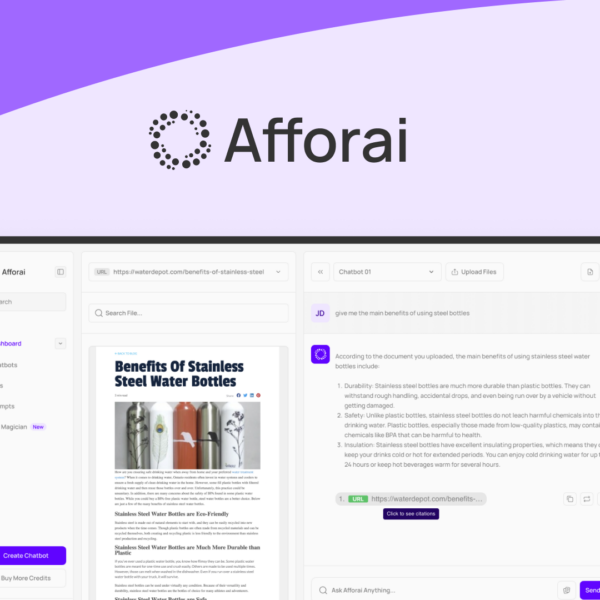Localization is a game changer for SaaS companies looking to expand globally. Have you ever thought about how users in Tokyo or São Paulo interact with your product? Let’s dive into why this matters!
Localization is about making your software friendly for users around the world. It’s not just about translating words; it’s about understanding different cultures. When you localize, you adapt your product to meet local needs and preferences.
Why Localization Matters
Many users feel more comfortable using software that speaks their language. If they see their native language, they’re likely to engage more. Plus, your brand looks more professional and trustworthy.
Key Elements of Effective Localization
Start with language translation, but don’t stop there. Consider local customs, measurement units, and payment methods. For example, a date format can vary from place to place. In the US, people write dates as MM/DD/YYYY, while in Europe, it’s DD/MM/YYYY.
Another important factor is customer support. Users appreciate local support options in their time zone. Offering support in their language can make a big difference.
Common Mistakes to Avoid
A common mistake is doing a direct translation without context. This can lead to confusion and errors. Always consider the cultural meaning behind phrases and words. Additionally, don’t forget to adapt your marketing strategies. What works in one country might not in another.
Getting Started with Localization
Begin by researching your target markets. Identify which languages or regions you want to reach. You can use local partnerships to help. They understand the culture and can guide you in making the right choices.
Testing is crucial. Before launching, get feedback from locals. They can provide insights that help you avoid potential pitfalls.




